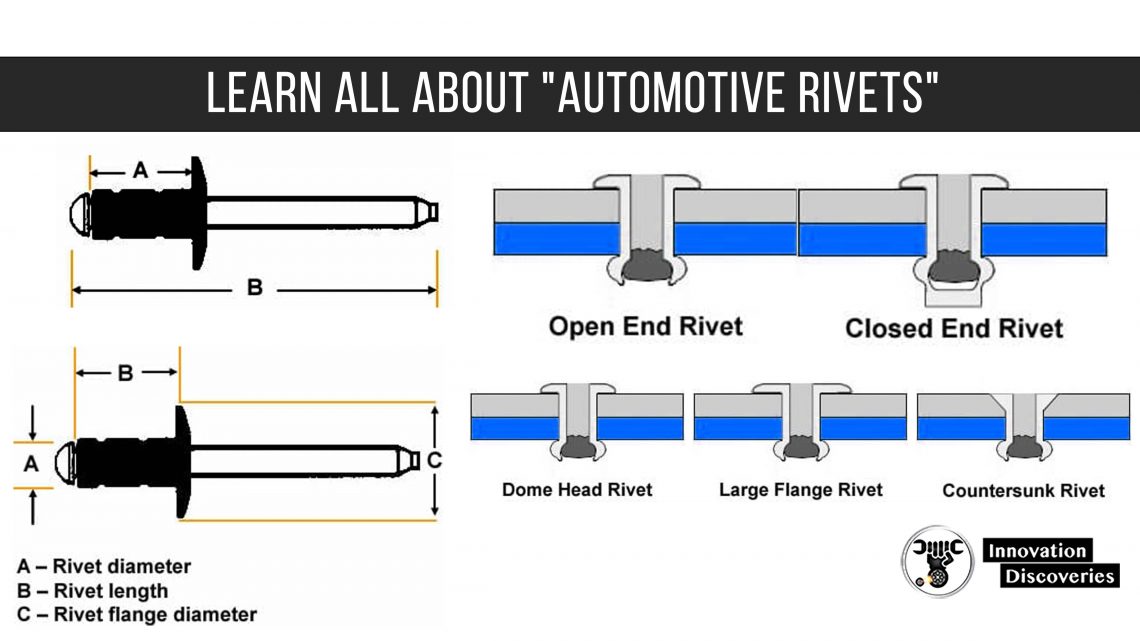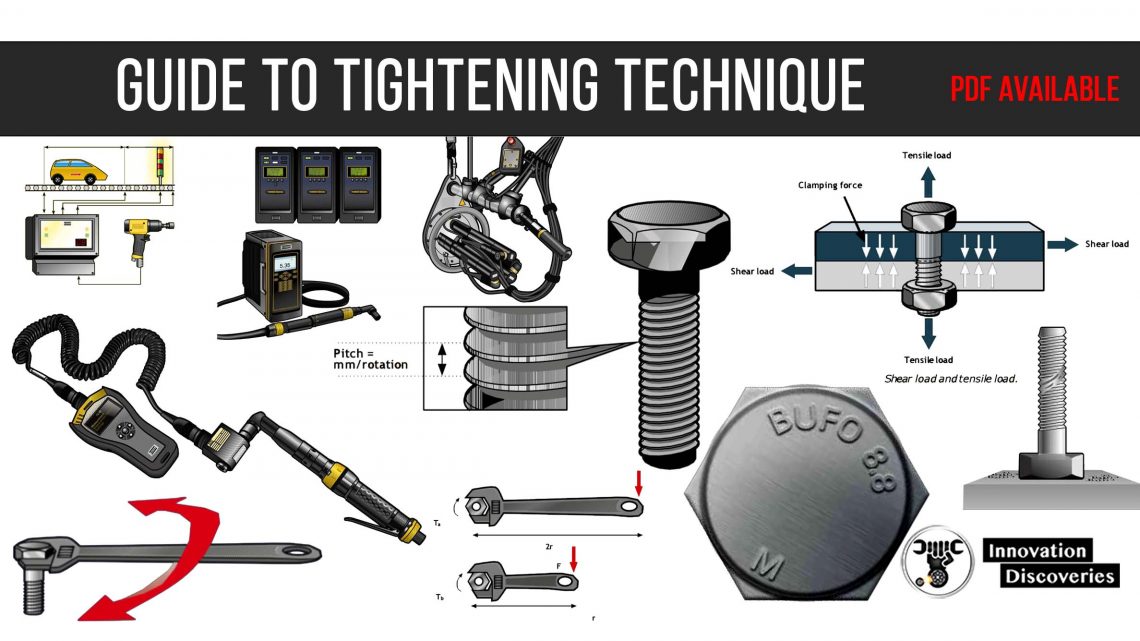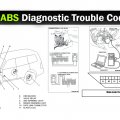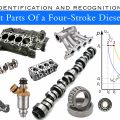
A bolt is a type of threaded hardware fastener that is used to position two workpieces in specific relation to each other.
Bolts come in several configurations for their application and specification variances.
Each bolt is specified with some coding in it which reveals the information about that bolt such as M9X1.2X1.5.
Many metric bolts denote the use of metric measurements with an “M” at the start of the bolt designation, such as “M9x1.2×15.”
Metric bolts list measurements in millimeters. Besides using metric measurements, a metric bolt uses the distance between the threads rather than the thread pitch, used in American measurements, which is the number of threads per inch.
How to read these specifications:
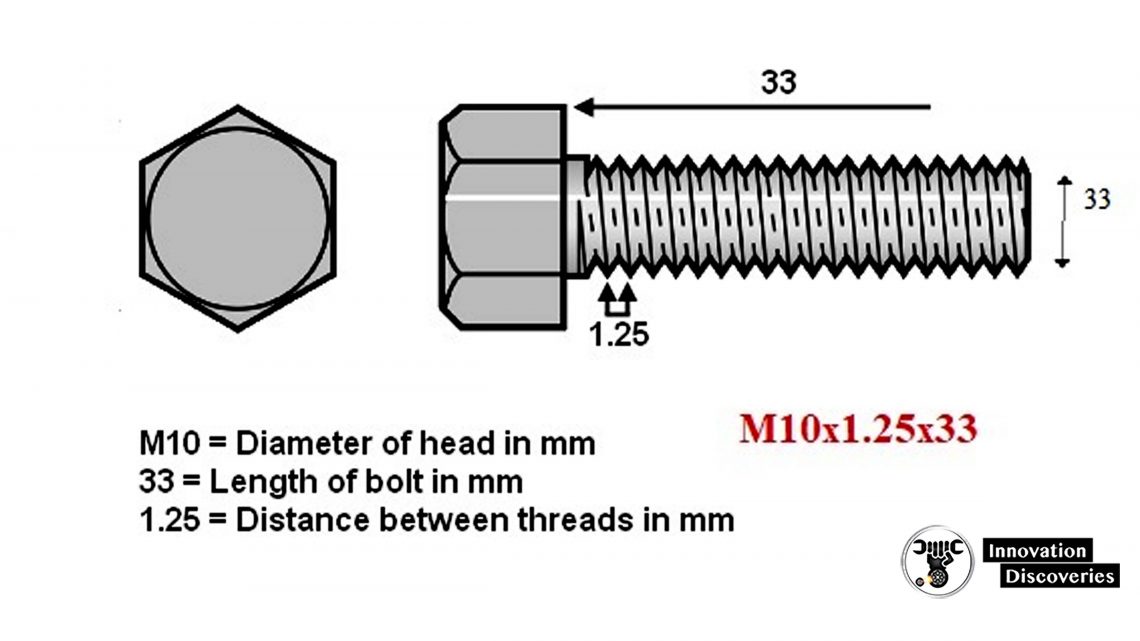
For reading the specifications of the bolt follow these steps:
- Determine the diameter of the bolt by looking at the first number. For example, if the metric bolt was M10x1.25×33, it would have a diameter of 10 millimeters.
- Determine the distance between threads by looking at the second number. For example, if the metric bolt was M10x1.25×33, it would have 1.25 millimeters between threads. This is also known as pitch.
- Determine the length of the metric bolt by looking at the third number. For example, if the metric bolt was M10x1.25×33, it would have a length of 33 millimeters.
Look on the bolt head for the number denoting the strength of the bolt. The bigger the number, the stronger the bolt.
MORE INFORMATION
Bolt Operation
The components that form a bolt can be identified in three sections.
The head is the part of the bolt with the largest diameter, which provides a mount for tools to either apply or resist torque.
It also provides part of the bearing surface for substrates being bolted.
The shank of the bolt is the longest part of the bolt and has external, helical threads on its circumference.
This piece is responsible for the alignment of the workpieces.
Finally, the end opposite of the head is known as the chamfer, which provides a slightly beveled edge to aid the bolt’s insertion into holes and nuts.
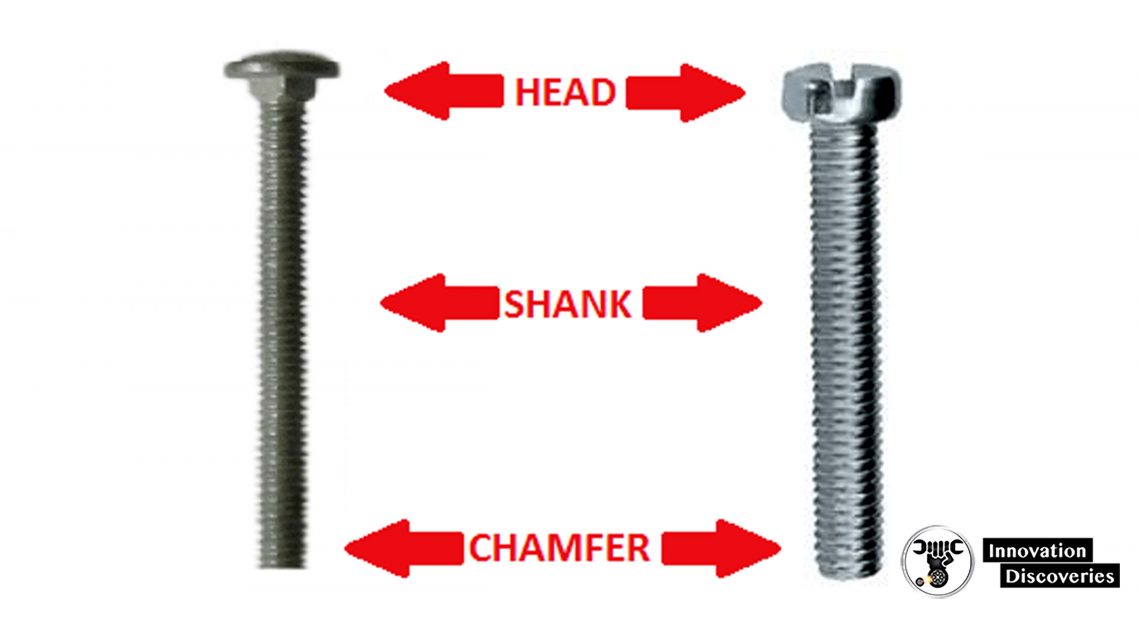
Successful bolt implementation almost always requires a nut to retain components on the bolt’s axis.
Nuts are applied via torque while the bolt itself is held in place, or vice versa.
Nut position and bolt employment are dependent upon the same physical principles:
- The friction of the bolt and nut threads against one another, which is comprised of a slight stretch of the bolt from the compression resistance of the components being fastened, and a slight elastic deformation of the parts held together.
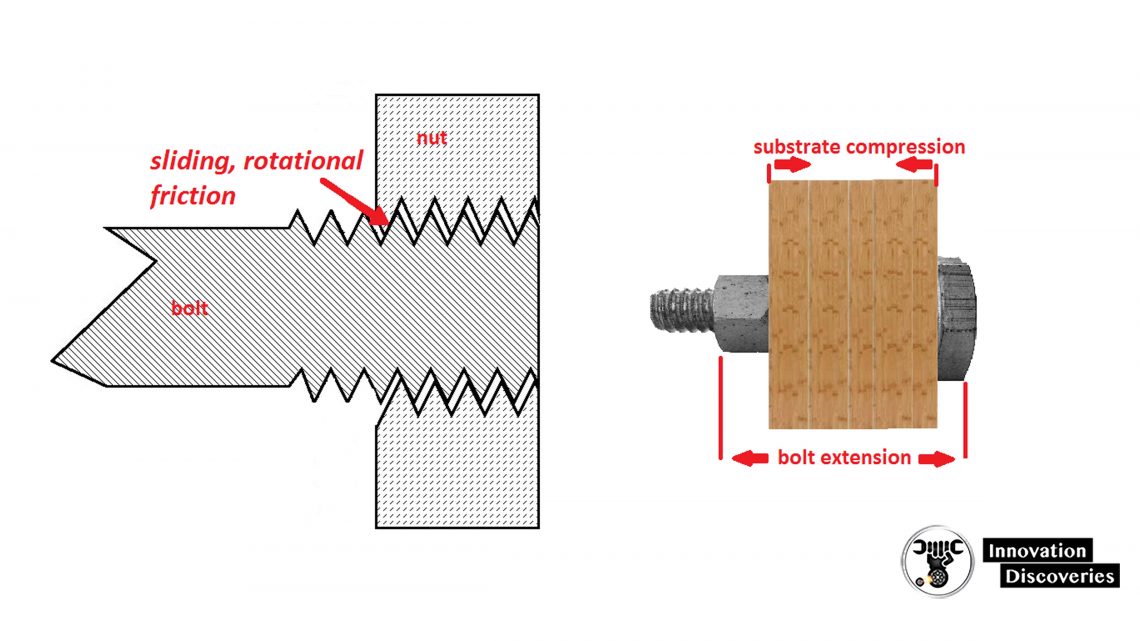
Nuts may loosen with vibration or dynamic loads, in which case locknuts, vlock washers, or thread locker can provide jostle-resistant or permanent nut placement.
Bolt Dimensions
The dimensions of a bolt can be expressed in metric or imperial units, both of which are better explained in the Bolt Standards section of this selection guide.
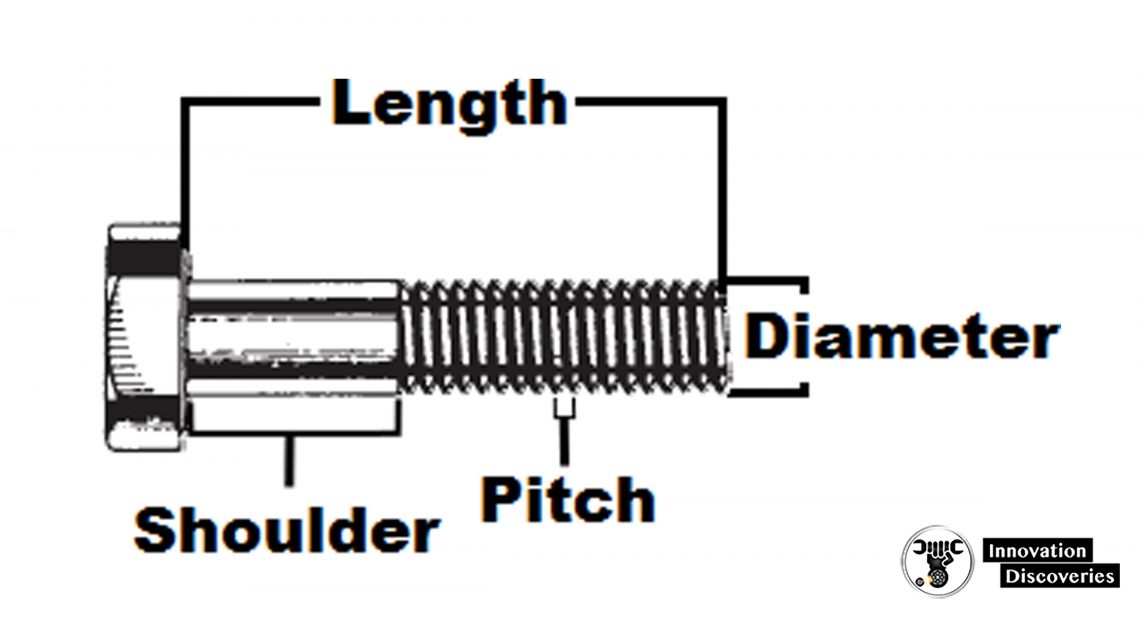
- Pitch is the measurement between the apex of adjacent threads on the bolt’s shank.
- The diameter is the width of the screw shank. This should not include the bolt head.
- Length is the measurement of the bolt from the edge of the chamfer to the undercut of the head. Against this measurement should not include the head.
Bolt Material
- Aluminum screws are light, resistant to oxidation, thermal and electrically conductive, and easy to manufacture.
- Brass screws are strong, conductive, and corrosion resistant, with low magnetic permeability.
- Copper alloy screws have good load capacity, wear resistance, and are suitable for use near magnets.
- Plastic screws are inexpensive and corrosion-resistant for light loads. They are common for applications near water, such as pools.
- Steel screws are produced of strong, carbonated iron. Uncoated steel is vulnerable to corrosion.
- Hardened steel screws are stronger than steel screws but more brittle. They are made of steel treated by tempering and quenching methods.
- Stainless steel screws are chemical and corrosion resistant with an appealing finish. They cannot be hardened like carbon steel.
- Screws consisting of superalloys exhibit good mechanical strength, surface stability, corrosion resistance, and resistance to creep at high temperatures. Common superalloys include Hastelloy®, Inconel®, Incoloy®, and Monel®.
- Titanium screws are hard and strong, light, and corrosion-resistant. When alloyed with other metals, it increases strength and durability.
Don’t Miss
EXPLAINING THE MEANING OF GRADE WRITTEN ON BOLT HEAD
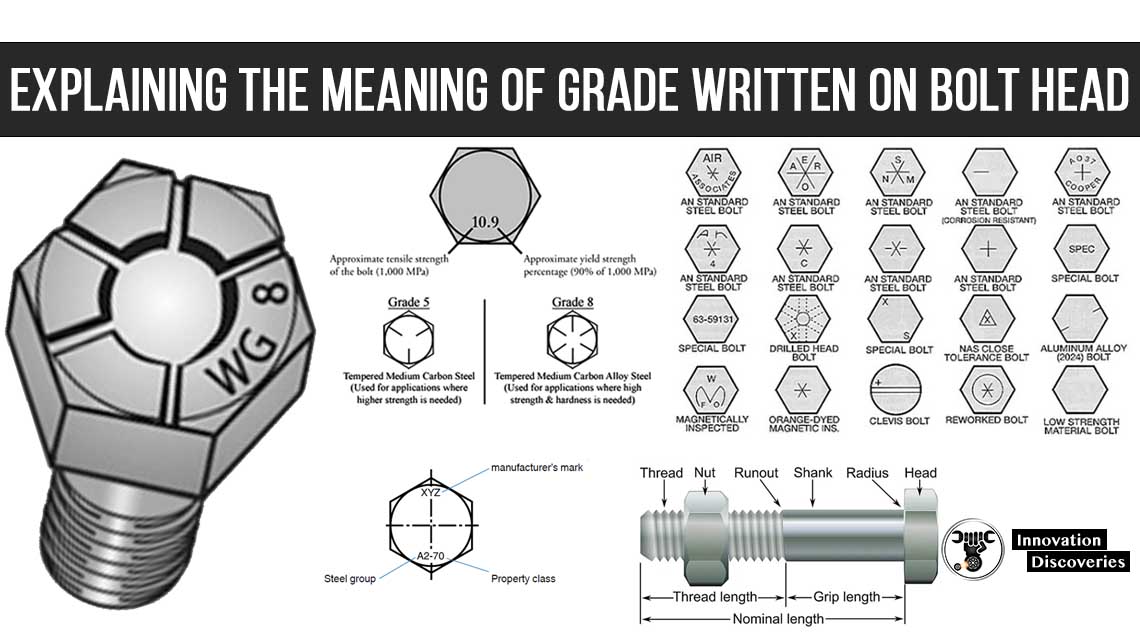
ARTICLE PDF
CLEAR IMAGES OF THIS ARTICLE – EXPLAINING THE MEANING OF GRADE WRITTEN ON BOLT HEAD
Learn All about “Automotive Rivets”
TECHNICAL TERMS OF TOOLS AND CUTTERS EXPLAINED
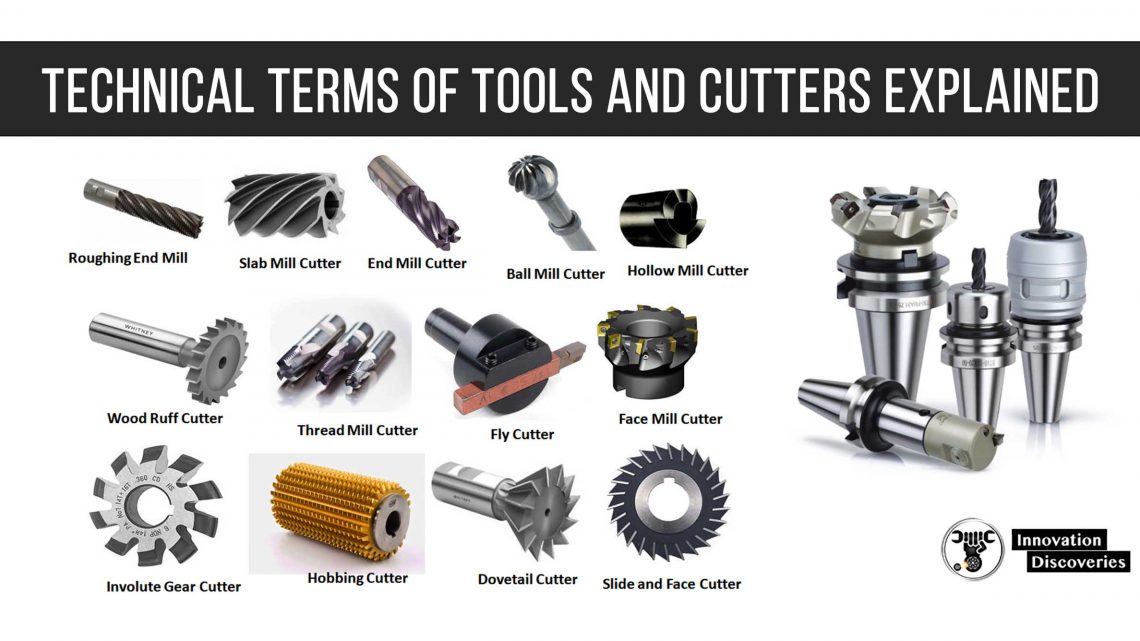
GUIDE TO TIGHTENING TECHNIQUE
Check Out Why do Tools Have DROP FORGED Stamped On Them
READ: Complete Guide: Fastener Type Chart
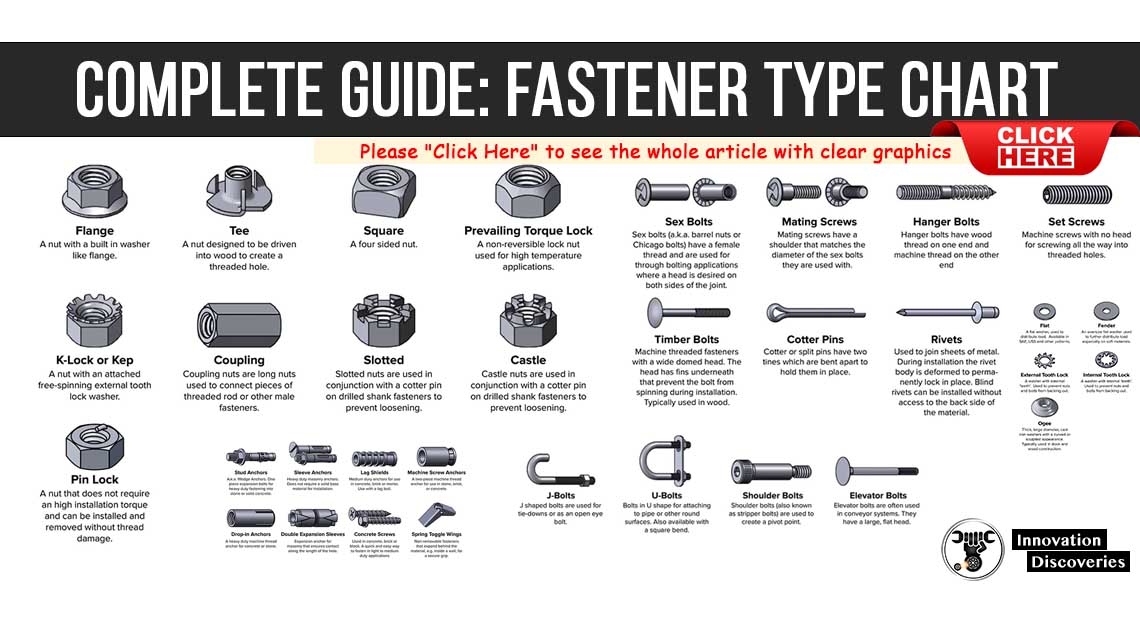
READ: Rivets – Types, Failures Of Riveted Joint, Terms Used In Riveting
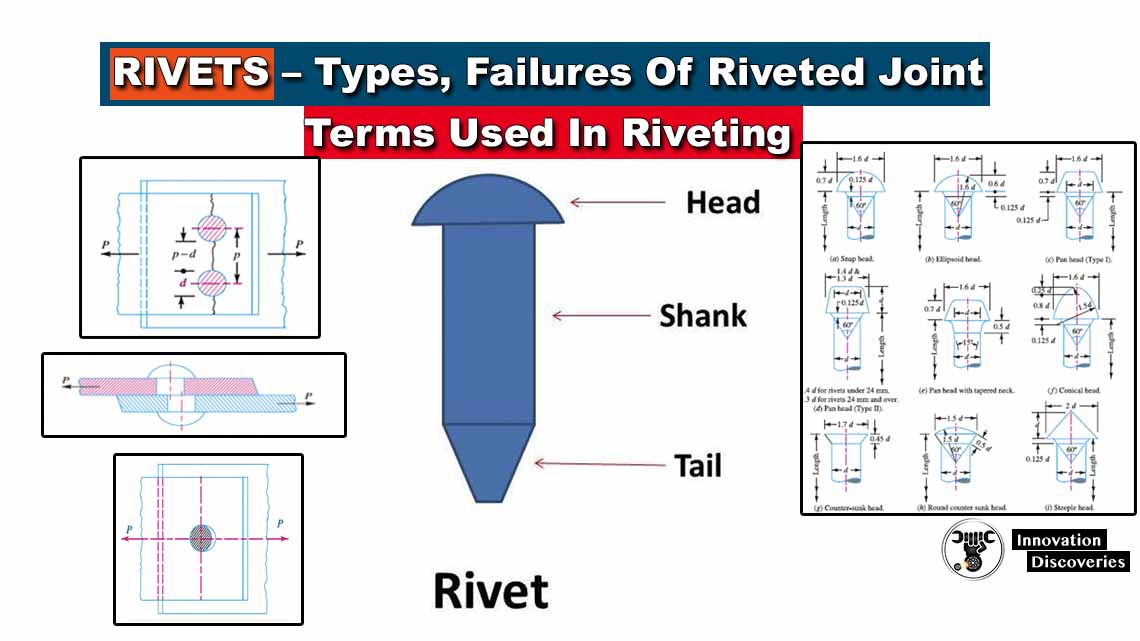
Visit Forum
Visit Our Friendly Website


